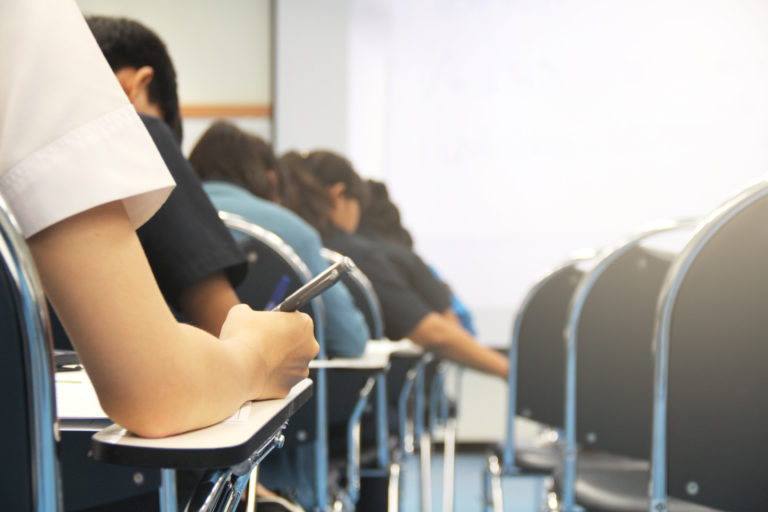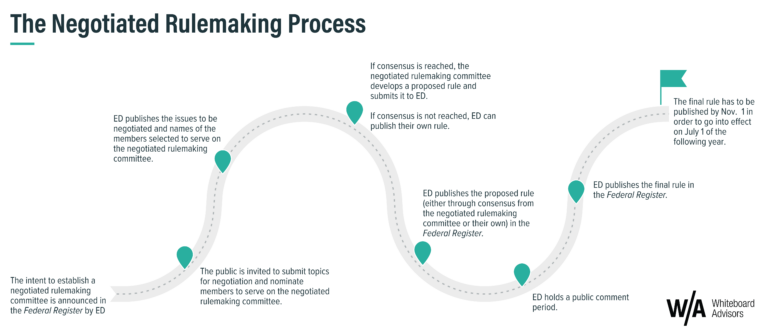In the Spring of 2020, the US Department of Education (ED) made the unprecedented move of allowing states to waive annual testing requirements under the Elementary and Secondary Education Act (ESEA) — flexibility that 44 states, BIE, DC, and Puerto Rico have now taken advantage of.
This week, the Department released guidance that sheds light on priorities and best practices in the new report entitled “Strategies for Using American Rescue Plan Funding to Address the Impact of Lost Instructional Time” as part of the Roadmap to Recovery.
Among other things, the report offers state and district examples, effective strategies, and research related to activities that can be funded using the $122B in stimulus funds appropriated by Congress through the American Rescue Plan (ARP) with a particular focus on:
- re-engagement of students by meeting their academic and non-academic needs,
- supporting educators, parents, caregivers, and the community, and
- the use of high-quality assessments.
In the assessment section of the report, ED explains allowable flexibilities related to assessment, accountability, and reporting for the 2020-21 school year. Although the report calls on states to relax high-stakes associated with testing where possible, ED stopped short of allowing waivers related to public reporting for state report card requirements.
Balancing demand for data to inform state and local decision making, while relaxing accountability requirements is a challenging line to walk, given well founded concerns that increased reliance on summative measures might — as our colleague and former Governor Bev Perdue has argued — “threaten the very sanctity of the teacher-child relationship; there is a risk that, in effect, everything becomes high stakes.”
Less obvious, but nevertheless important, the new guidance urges states and districts to consider how best to communicate l assessment results and other reporting metrics by providing necessary context for stakeholders to understand the results.
This is of critical importance for not just policymakers, but parents and educators that need to understand and quantify the implications of unfinished learning. The department’s guidance no doubt reflects concerns that, among other things, over reliance on norm-referenced measures could provide a false sense of growth, which could exacerbate already endemic inequalities.
At this point, eighteen states have released their summative assessment results for SY 2020-21. The states’ press releases (linked below) speak to the challenges of this past year and limitations of the results, including participation rates. The resulting decrease in proficiency rates is both alarming and unsurprising; many predicted the ‘Covid-slide’. The ripple effect of the pandemic and interrupted education will be long felt, and will necessitate a personalized approach to meeting student needs academically, socially, emotionally, and mentally. There is a lot of work to be done, and many successful strategies for states and districts to leverage with the support of ARP funding.




